In May, museums in Beijing are reopened. Yesterday (on May 12), a "mysterious museum" "kept in purdah" was also available to the public! It is the Museum of Chinese Gardens and Landscape Architecture next to the Beijing Garden Expo.

Compared with other museums, the Museum of Chinese Gardens and Landscape Architecture is characterized by a unique style and can be considered as the first national-level museum with a garden theme in China.
In the southwest of Beijing, this young museum settles itself on the bank of the Yongdinghe River and at the foot of Yingshan Mountain, demonstrating the profound Chinese garden culture dating back to 3,000 years ago. It will definitely present a feast for your eyes.
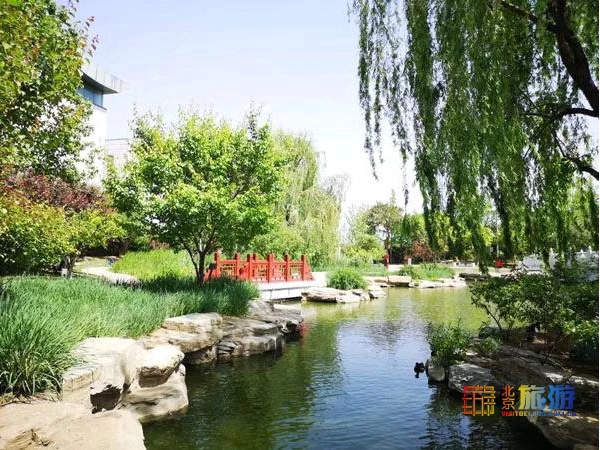
The Museum of Chinese Gardens and Landscape Architecture was opened on May 18, 2013, and the original site was the landfill of the steelmaking waste for Shougang Group in the 1970s. The museum covers an area of 65,000 square meters and a floor space of 49,950 square meters. All delicate and compact designs are arranged in the museum.

Three main parts intersperse and complement each other to form the structure of the museum, including the main building, indoor gardens and outdoor exhibition areas. It features various styles drawn from imperial gardens, private gardens, Jiangnan gardens, northern gardens, and Lingnan gardens. The overall structure combines regular elegance with the mountain-river arrangement, which gathers the unique style and quality.
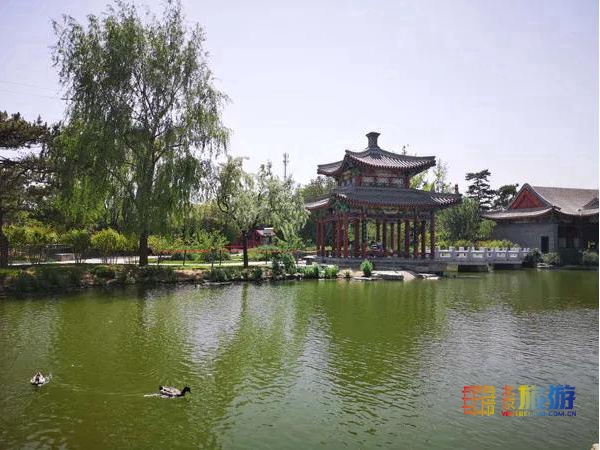
The Ancient Chinese Garden Exhibition Hall systematically displays the history of Chinese gardens for more than 3,000 years. The Modern Chinese Garden Hall is divided into two parts, the Modern Chinese Garden and Contemporary Chinese Garden. It contains the evolution of Chinese modern gardens.
The Chinese Gardening Technique Hall displays the "nature-inspiring" gardening techniques through a set of large-scale scenery systems containing mountains, water, flowers, trees, and garden architecture.
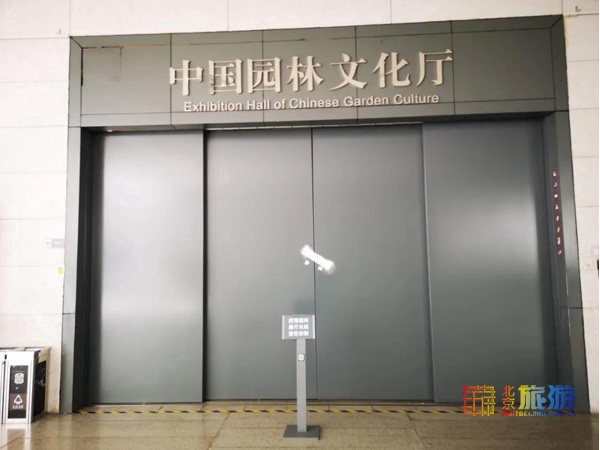
The significant feature of the Museum of Chinese Gardens and Landscape Architecture is that the garden is integrated into the museum harmoniously. The indoor garden resumes the structures of three representative private gardens in Suzhou, Lingnan and Yangzhou in the original proportion.
Changyuan Garden in Suzhou
Changyuan Garden, located in the Miaotang Lane of Suzhou, is one of the representative works of small gardens in Suzhou. Changyuan Garden in the museum has been restored as a whole, maintaining the original appearance.
Although the place is small, its simple and elegant appearance makes the halls, pavilions, rockeries, pool stones, flowers and trees refreshing and antique, in which the stacked stones cast the shadow to the pool.
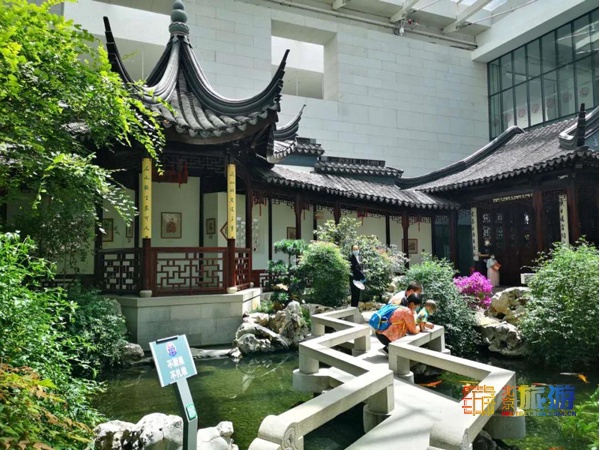
Having a tour in Changyuan Garden, you can truly appreciate the “antique, delicacy, refinement and elegance” of Suzhou gardens. The limited space is decorated with the artistic conception and inventive technique. The museum presents a different view with every step as you ramble in the garden.
Yuyin Garden in Guangzhou
Yuyin Garden and Changyuan Garden face to each other across the ladder. However, Yuyin Garden tends to be smaller because only the exquisite parts of the garden are restored here.
As the main building in the garden, Shenliutang is considered to be the essence of decorative art and cultural relics. It is named after the poem of Liu Shenxu, which means "the study in the shade of willow trees".
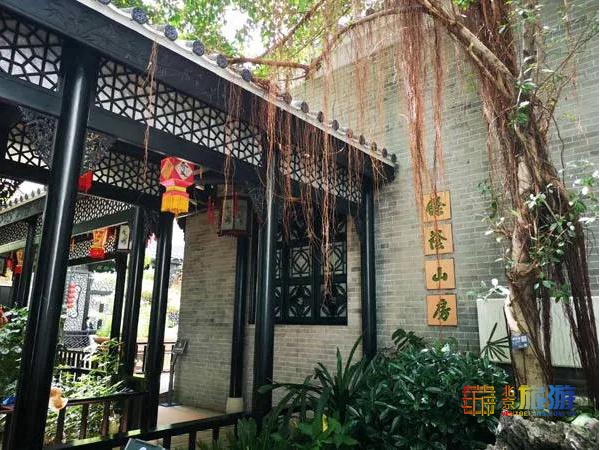
The delicate layout here is created by the techniques of "half-hidden" and "flexible diminution", which concentrates all galleries, pavilions, rocks and bridges in this confined place to form a small forest. It is a wonderful place with a garden in the garden and a deep and serene scenery in the landscape.
Pianshi Garden in Yangzhou
Pianshi Garden is located on the second floor. The entire garden is open-air sky garden with the fascinating dream — “the moon in the water and flowers in the mirror”.
Green mountains cast the beautiful shadow in the pools, among which ingenious ideas are reflected. Being in this place, you will be free of the secular troubles and their souls will be purified.
In addition to the three indoor gardens, the museum also has a northern style of its own. In light of local conditions, the outdoor garden has been built into three groups of northern landscape gardens, which are Banmu Villa Terrace of the northern feature, Ranxia Garden with mountainous merits and Taying Garden with the water landscape.

In addition to the real garden scenery, the Museum of Chinese Gardens and Landscape Architecture in the early summer is also full of exceedingly fascinating and charming views.
The seasonal change between Spring and Summer presents us the flowery and greenery scene of prosperity, constituting the most beautiful composition. Strolling in the garden, you can really enjoy the refreshing and green rhyme.
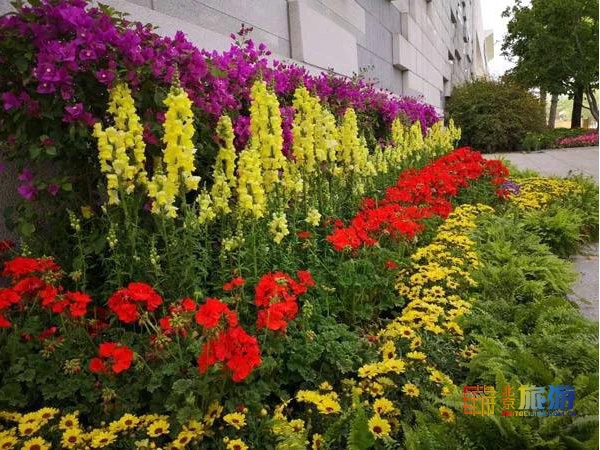
On both sides of the square in the front of the museum, several fringe trees stand gracefully and are covered with snow-white flowers, which inject a cool breath into early summer.
In the Museum of Chinese Gardens and Landscape Architecture, swans dance with quick and light steps while birds sing on the three. Rambling in the garden, you can feel the vigor of the museum.
If you like flowers and picturesque gardens, it is the right place for you to have a visit.
Notice to Tourists:
The Museum of Chinese Gardens and Landscape Architecture will resume its opening from May 12, with an online real-name system for reservation. Specific measures are shown as follows:
1. Opening hours: 9:00 -16:30 (entrance is closed at 15:30); closed every Monday (except for national holidays).
2. 6 exhibition areas will be open to the public, including Changyuan Garden, Pianshi Garden, Yuyin Garden, Taying Garden, Banmu Villa Terrace and Ranxia Garden.
3. Tourists need to log in to the WeChat official account or the official website of Museum of Chinese Gardens and Landscape Architecture, and make real-time reservations for visiting (450 people are allowed to enter during the period from 9: 00 to 11: 00, 350 people from 11: 00 to 13: 00, and 200 people from 13: 00 to 15: 30).
4. During the epidemic prevention and control, only individual visitor (individual) appointments are accepted, with a daily limit of 1,000 people. Each reservation can allow the admission of 5 people at most.
5. On the day of the visit, tourists shall present the original valid documents used for the reservation and the QR code to the ticket center so as to enter/exit the museum. Valid documents include ID cards, passports, residence permits for Hong Kong, Macao and Taiwan residents, Hong Kong and Macau passes, permanent residence permits for foreigners, active duty military cards, and soilder security cards. Tourists who fill in the information of non-ID documents need to hold the original documents to the manual ticket office for approval before getting the reservation code for verification and entering the museum.
6. Tourists shall receive the temperature measurement and present the green healthy code before entering the museum. If the body temperature is abnormal (≥37.3°C), or tourists cough and breathe hard, they will be refused to enter the museum. Tourists to the indoor gardens shall wear masks throughout the visit. Please keep a distance of 1.5 meters or more when queuing and exhibiting to avoid gathering.
7. During the epidemic prevention and control, in order to avoid the gathering in closed places, the instant reception capacity of the museum does not exceed 200, and it is recommended that the visit time should not exceed 2 hours.
8. Exhibition halls, 4D theaters, restaurants, book bars, and water bars are temporarily closed. Manual interpretation services and various teaching services like offline publicity and education are suspended. However, vending machine drinks are provided.
9. If you have any questions, please call 010-63915025.



